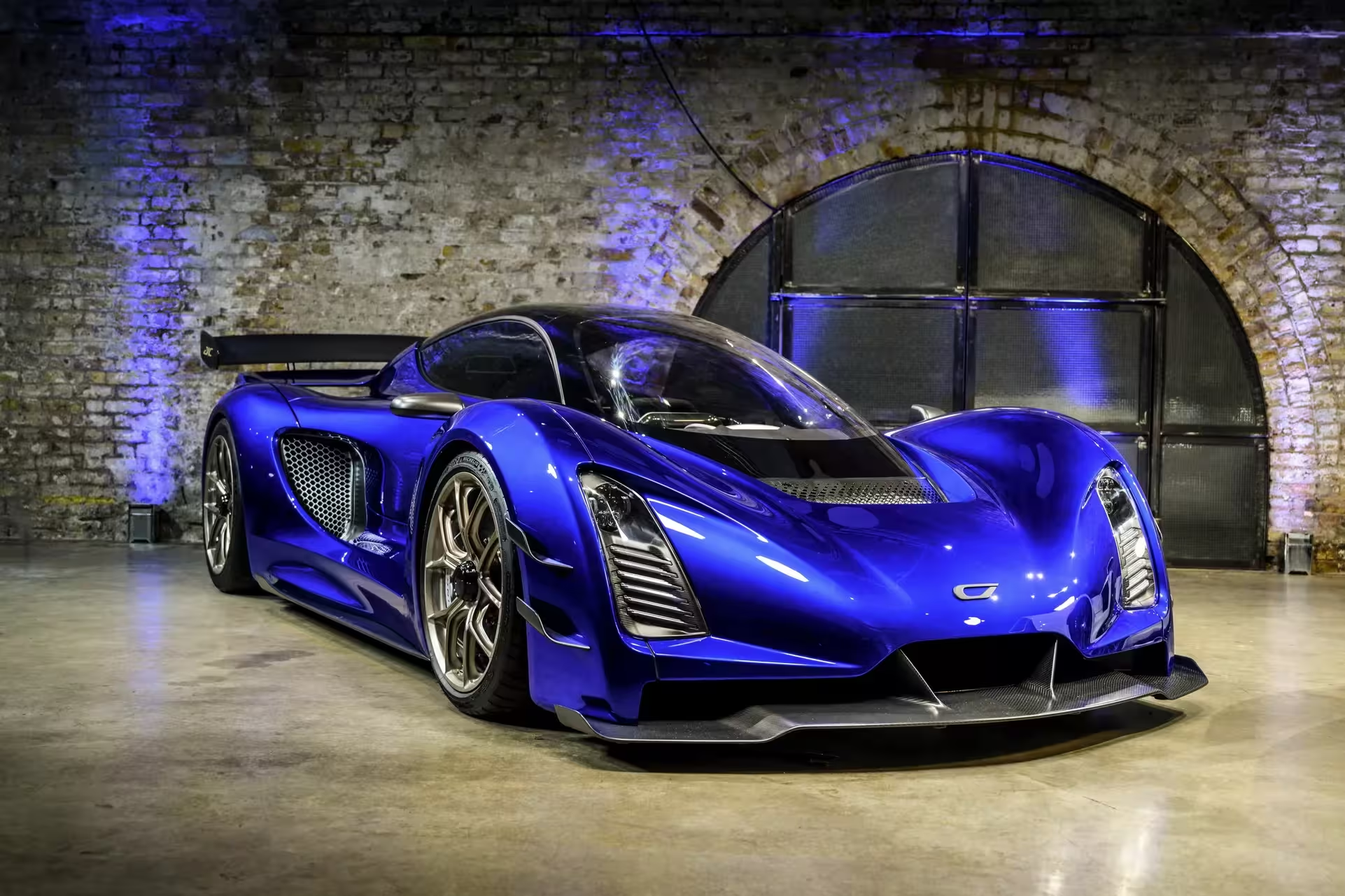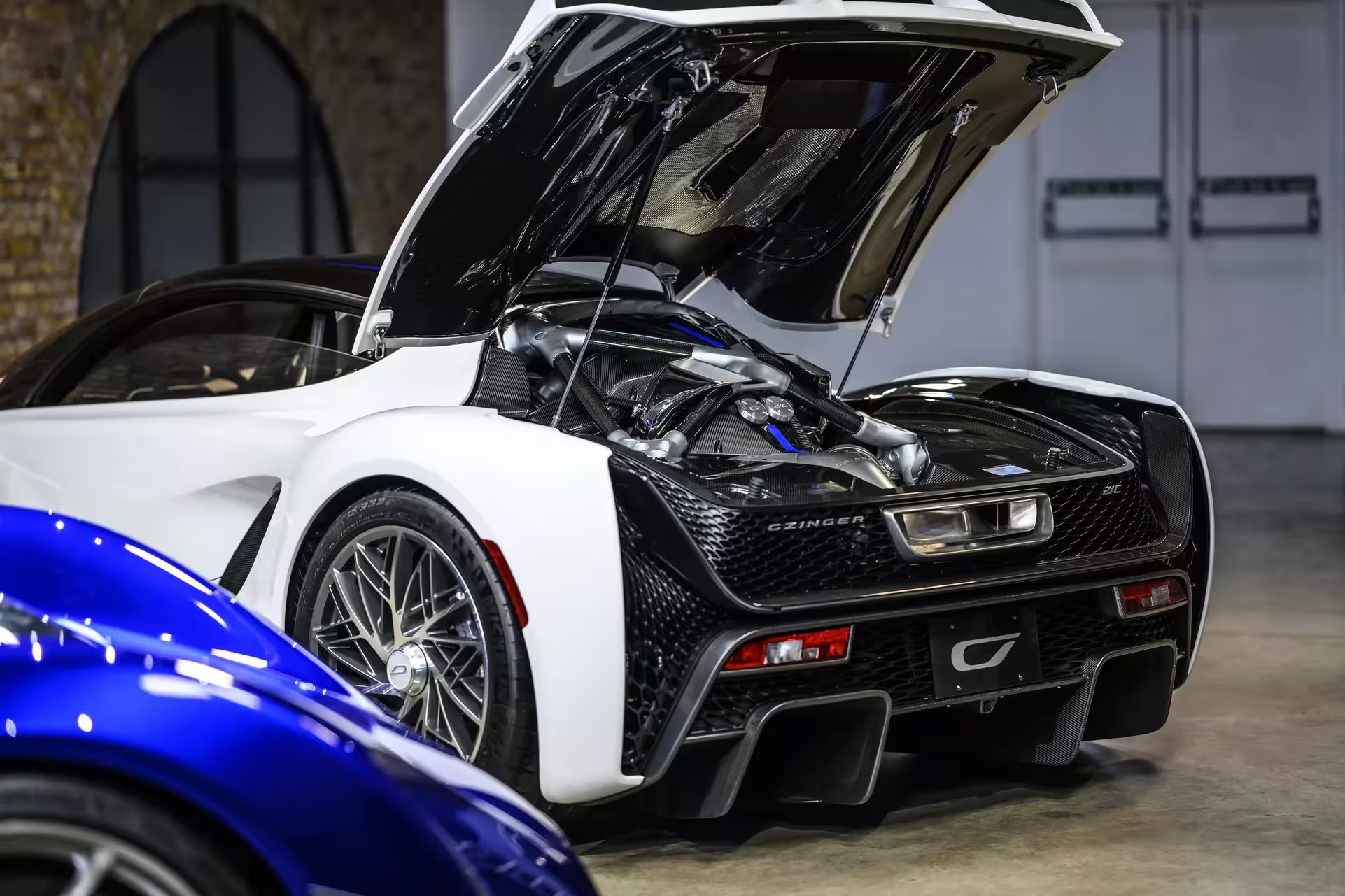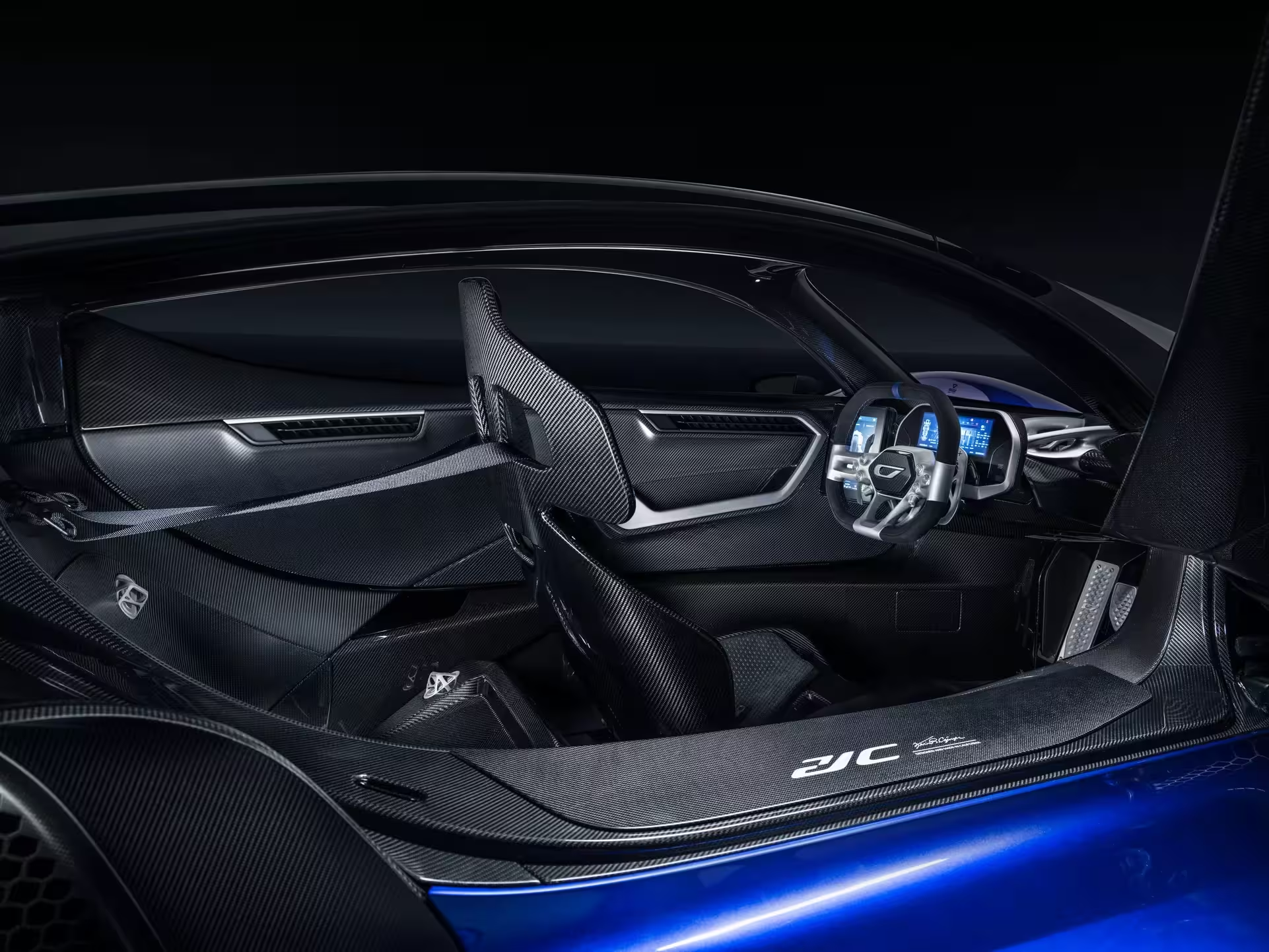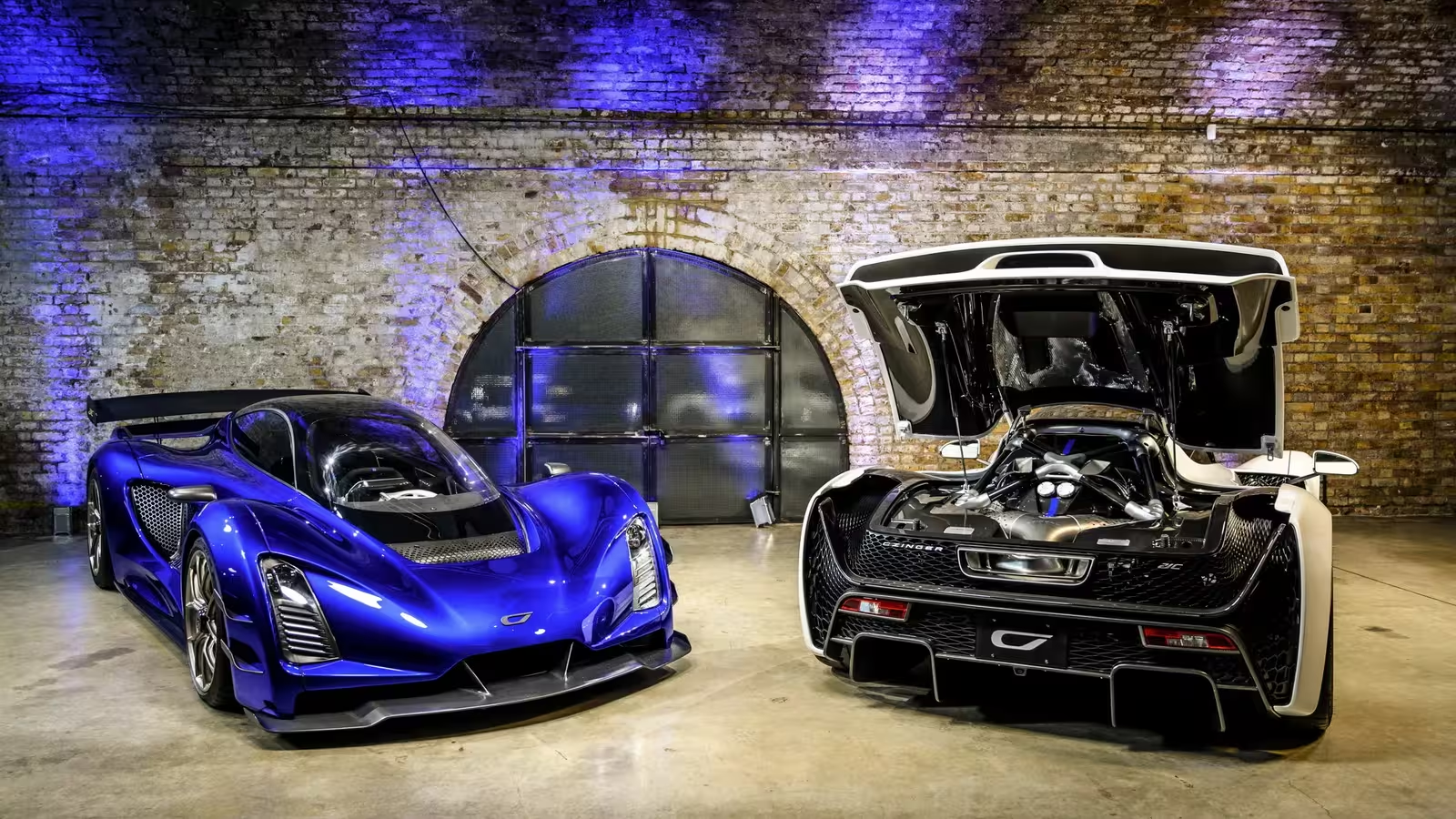3 Minutes
Overview: Strategic retreat toward the 21C hypercar
Czinger, the boutique American firm known for precision components supplied to brands like Bugatti, has officially shelved its Hyper GT and 1,200+ horsepower SUV concepts. Rather than branching into a GT and a high‑performance SUV, the company will concentrate on refining and iterating its flagship 21C hypercar. The decision reflects a strategic focus on brand identity, product sustainability, and achievable market positioning for a small, high-end manufacturer.
Why the GT and SUV were abandoned
Both the Hyper GT and SUV were originally pitched around the same rev‑happy 2.88‑liter twin‑turbocharged V8 found in the 21C, with ambitious production targets—around 1,000 units each from Czinger’s Los Angeles facility. Newly appointed Chief Commercial Officer George Biggs told Autocar that pursuing mainstream market trends, such as the current SUV boom, could be "tricky" and risk diluting the brand. For a niche builder, expanding into multiple vehicle segments carries high commercial and operational risk.

Design and philosophy
Czinger’s ethos is firmly rooted in delivering a very high‑end, sustainable hypercar experience rather than chasing segment popularity. The company plans to preserve a focused design language and technological philosophy for the 21C line—prioritizing lightweight engineering, aerodynamics, and driver‑centric layout over simply increasing cabin count or adding SUV practicality.

Vehicle specifications and possible future 21C evolutions
Core specs (existing 21C)
- Engine: 2.88‑liter twin‑turbo V8 (high‑revving) - Architecture: carbon‑composite chassis and bespoke systems - Notable model: 21C V‑Max (top‑end performance variant)
Potential updates
Biggs has signaled the 21C can be evolved across the next decade with iterative models. Planned updates could include more conventional seating arrangements (moving away from jet fighter‑style seats), incremental power upgrades beyond the V‑Max, and software and aerodynamic refinements to keep the car competitive in the hypercar segment.

Performance and market positioning
Instead of stretching resources to produce a four‑seat Gemera‑style contender or a hyper‑SUV comparable to the Lamborghini Urus, Czinger will position itself among specialist hypercar makers—think Pagani, Rimac, and Bugatti—whose strategies emphasize exclusivity, extreme performance, and a consistent brand narrative. The company’s choice underlines that success in the luxury/performance market often comes from a clear, sustainable vision rather than diversification for its own sake.

Comparisons and what this means for buyers
While Koenigsegg’s Gemera is an outlier by offering high power and four seats, most boutique hypercar makers avoid SUVs and four‑seat GTs. Czinger’s retreat signals to collectors and enthusiasts that future purchases will remain focused on limited‑run, highly engineered two‑seat hypercars. For buyers seeking an alternative to Koenigsegg or Lamborghini, the 21C will likely receive more attention and investment, keeping it competitive in performance, exclusivity, and technological innovation.
Overall, Czinger’s decision to cancel the Hyper GT and SUV projects clarifies its roadmap: deepen the 21C program, expand via purposeful iterations, and protect the boutique brand’s high‑end credibility.
Source: carscoops


Leave a Comment